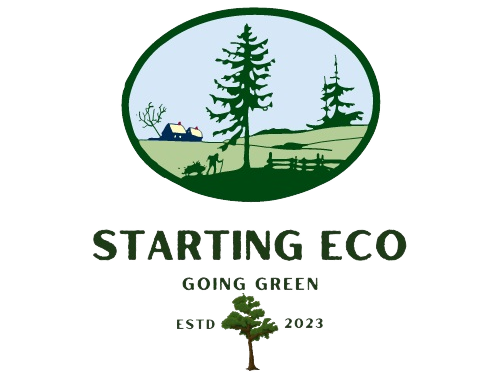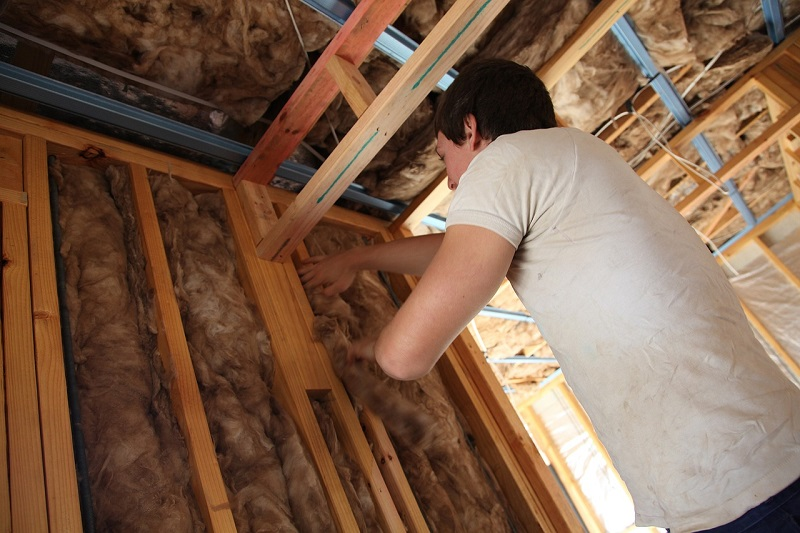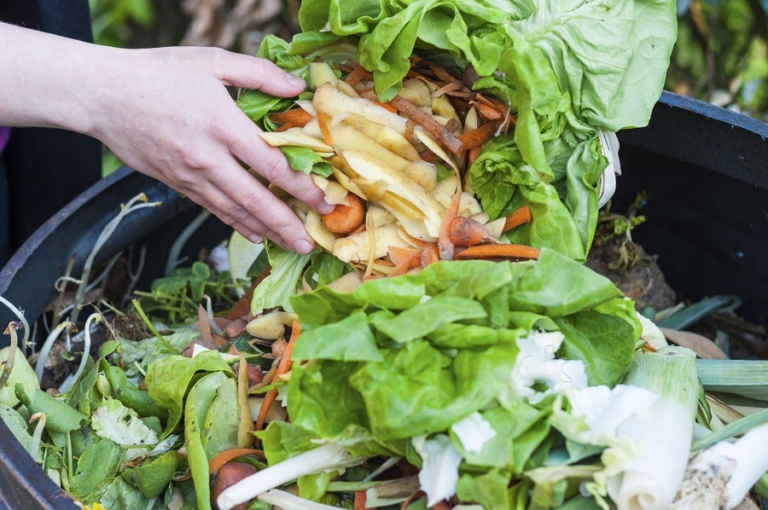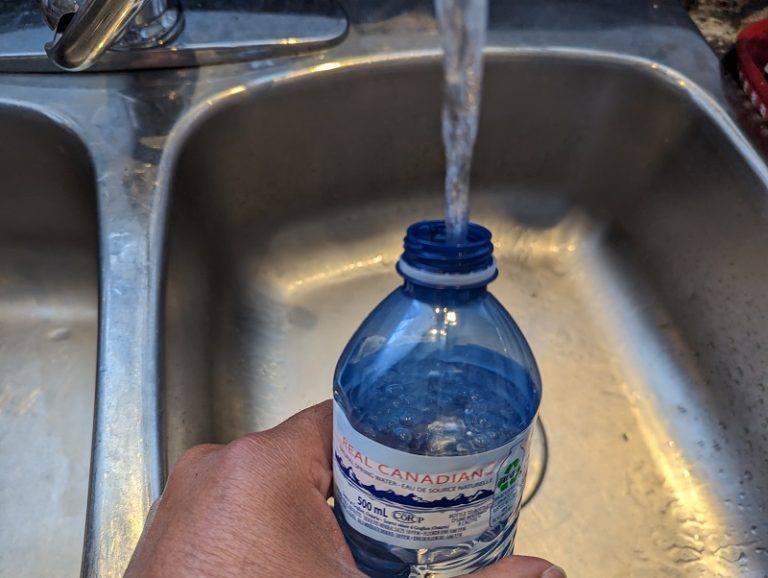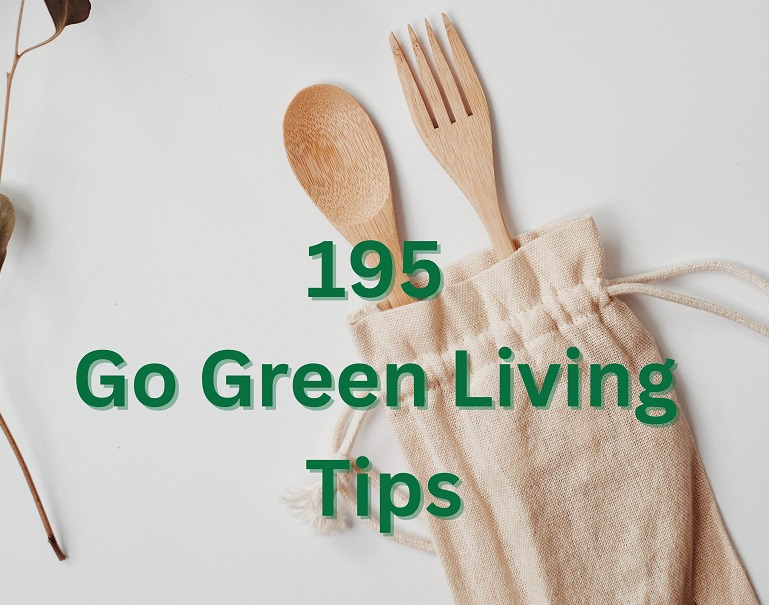20 Green Home Ideas: How to Start Creating Eco-Friendly Living
We are dedicated to providing you with the most comprehensive and innovative ideas for creating a green home.
Our mission is to help you transform your living space into an environmentally friendly oasis that promotes sustainability, energy efficiency, and a healthier lifestyle.
I have listed valuable insights and practical tips that will not only help you reduce your carbon footprint but also enable you green home-building ideas.
Let’s dive right in!
20 Green Housing Ideas

Creating a green home is not only a responsible choice but also a rewarding one.
By adopting sustainable practices and making eco-friendly choices, you can contribute to a healthier planet while enjoying numerous benefits from you home’s efficiency.
These include lower energy bills, improved indoor air quality, and a more comfortable living environment while saving money.
Here are 20 ways to create an eco-friendly home:
- Install energy-efficient lighting: Use LED or CFL bulbs instead of traditional incandescent bulbs to save energy and reduce carbon emissions.
- Use natural lighting: Maximize natural light by installing larger windows or skylights, reducing the need for artificial lighting during the day. Also, direct sunlight can help heat your home.
- Insulate your home: Properly insulate your walls, roof, and windows to reduce heat loss or gain, which can reduce energy usage.
- Install solar panels: Generate your own clean energy by installing solar panels on your roof or in your yard. Solar power has an upfront cost but with long-term energy savings.
- Use energy star appliances: Opt for energy-efficient appliances with high energy efficiency ratings, such as Energy Star-certified products.
- Collect rainwater: Set up a rainwater collection system to collect rainwater for watering plants and flushing toilets, reducing water consumption.
- Install low-flow fixtures: Replace old faucets, showerheads, and toilets with low-flow faucets to conserve water.
- Compost organic waste: Create a composting system for kitchen scraps and yard waste, reducing landfill waste and producing nutrient-rich compost for your garden.
- Plant native species: Choose native plants for your garden, as they require less water and maintenance compared to non-native species.
- Use eco-friendly cleaning products: Switch to environmentally friendly cleaning products that are biodegradable and free from harmful chemicals.
- Reduce, reuse, and recycle: Adopt the 3 Rs by reducing waste, reusing items whenever possible, and recycling materials to minimize your environmental impact.
- Install a programmable thermostat: Set up a programmable thermostat to regulate heating and cooling, optimizing energy usage and reducing utility bills.
- Choose sustainable building materials: When renovating or furnishing your home, select sustainable materials like reclaimed wood, bamboo, or recycled materials.
- Install a green roof or living wall: Transform your roof or exterior walls into green spaces by planting vegetation, which improves air quality and insulation.
- Use natural ventilation: Design your home to allow for natural airflow and ventilation, reducing the need for air conditioning.
- Opt for low-VOC paints: Choose paints with low or no volatile organic compounds (VOC – volatile organic compounds) to minimize indoor air pollution.
- Install efficient windows: Invest in energy star windows with double glazing to improve insulation and reduce heat loss.
- Use eco-friendly flooring: Select eco-friendly flooring options like cork, bamboo, or recycled materials instead of conventional carpets or hardwood.
- Install a water-efficient irrigation system: Install a smart irrigation system that adjusts watering schedules based on weather conditions and soil moisture levels.
- Wind power: Wind turbines, whether installed on the roof or in the backyard, can produce electricity that reduces a household’s reliance on fossil fuels.
- Educate and raise awareness: Share your eco-friendly practices with others, encourage your community to adopt sustainable habits, and promote environmental awareness.
Remember, creating an eco-friendly home is an ongoing process. Even implementing a few of these practices can make a significant difference in reducing your environmental footprint.
Top 8 Things With The Biggest Impact
I’ve listed the most impacting green home-building ideas with the goal of increasing your home’s energy efficiency.
1. Energy-Efficient Lighting Cuts Energy Costs
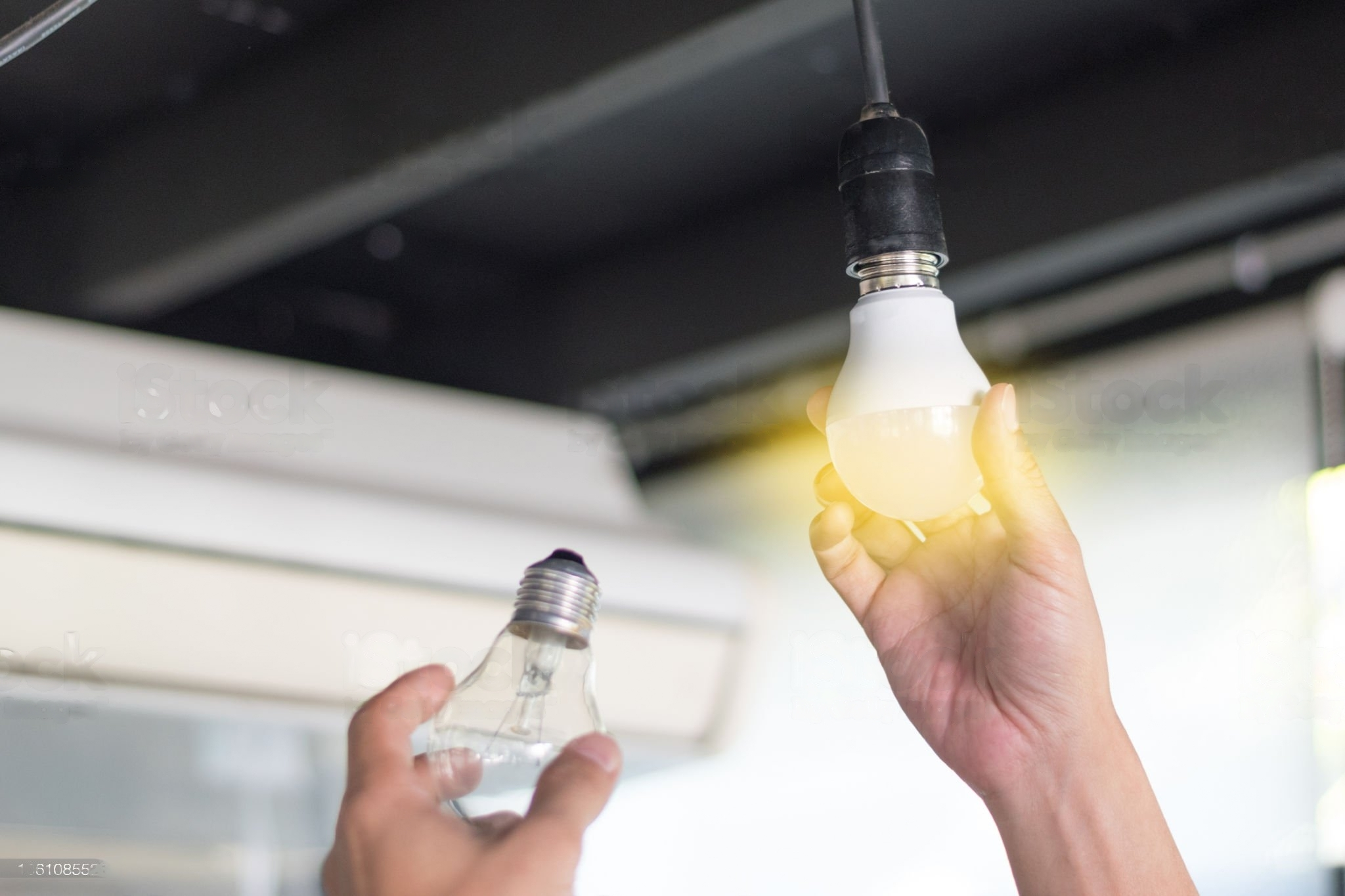
One of the simplest and most effective ways to reduce a home’s energy consumption is by upgrading to eco-friendly lighting.
Consider replacing traditional incandescent bulbs with energy-saving LED lights.
LED bulbs consume significantly less energy, have a longer lifespan, and emit less heat, making them a perfect choice for sustainable living while saving on your electricity bill.
Additionally, properly installed motion sensor switches or smart lighting systems can help further reduce energy waste.
2. Efficient Home Insulation Can Reduce Your Energy Bill
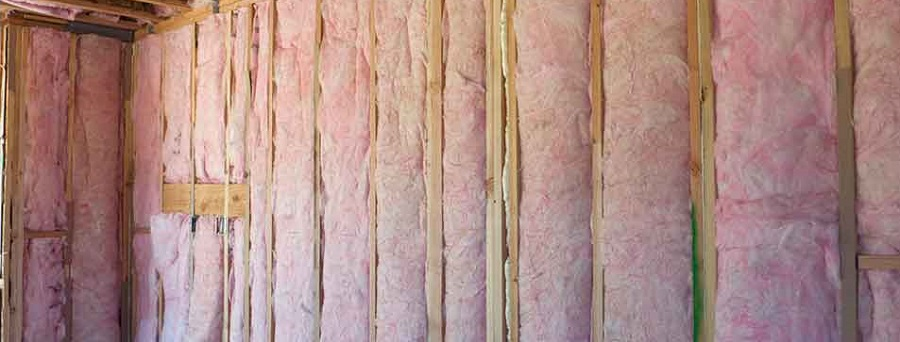
Proper insulation is crucial for maintaining a comfortable indoor temperature and minimizing energy consumption.
By ensuring that your home is well-insulated, you can significantly reduce the need for heating and cooling, thus conserving energy and reducing greenhouse gas emissions.
Explore options such as spray foam insulation, cellulose insulation, or energy-efficient windows to improve thermal efficiency and create a cozy living space.
3. Renewable Energy Sources Using Solar Panels

Harnessing the power of renewable energy is a game-changer when it comes to sustainable living.
Consider installing solar panels on your rooftop to generate clean and renewable electricity for your home.
Solar energy is not only environmentally friendly but can also reduce energy costs in the long run, as it allows you to reduce your dependence on traditional energy sources and potentially save on electricity bills.
4. Water Conservation Strategies
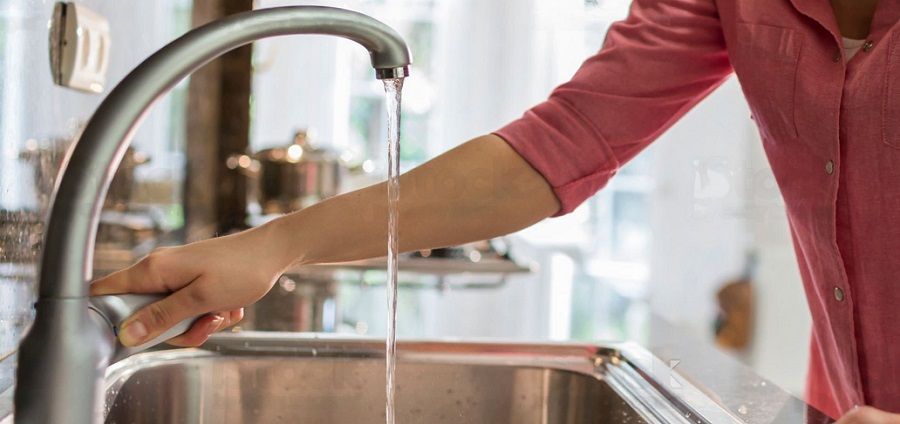
Conserving water is another essential aspect of creating a green home. Implementing simple yet effective strategies can make a significant difference in reducing water waste.
Start by installing low-flow fixtures, such as faucets, showerheads, and toilets, which consume less water without compromising performance.
Additionally, collecting rainwater in barrels or implementing a greywater recycling system can provide a sustainable source of water for gardening or other non-potable uses.
5. Sustainable Materials and Furnishings
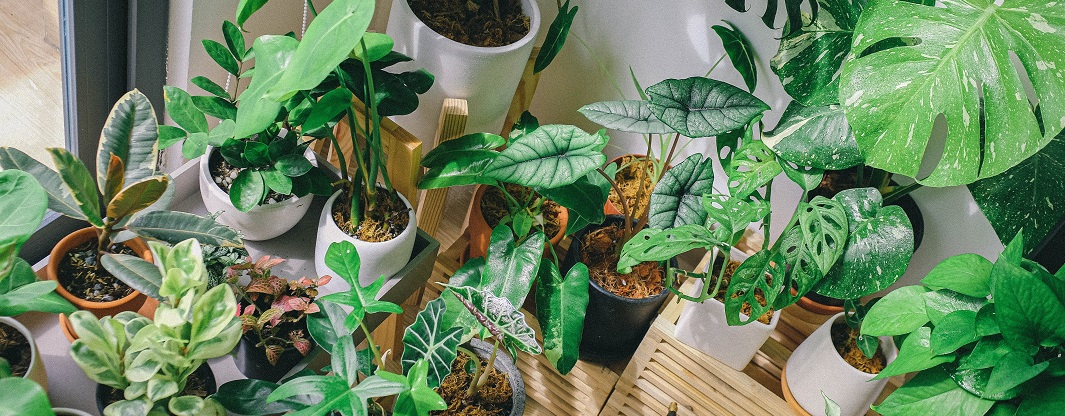
When it comes to designing your green home, opt for sustainable materials and furnishings that are both eco-friendly and visually appealing.
Choose furniture made from reclaimed or responsibly sourced wood, as well as upholstery made from natural and organic fabrics.
Incorporating indoor plants not only enhances the aesthetics but also improves indoor air quality by reducing pollutants and increasing oxygen levels.
6. Smart Home Automation
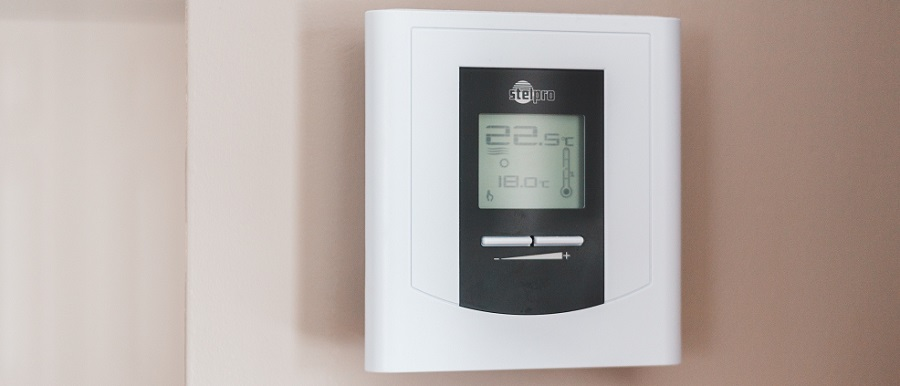
Embracing smart home automation can enhance both convenience and sustainability in your living space.
By integrating smart technology, you can control and monitor energy usage, temperature, lighting, and more, all from the convenience of your smartphone.
Smart thermostats, automated blinds, and energy monitoring systems allow you to optimize energy consumption and reduce waste effortlessly.
7. Recycling and Waste Management
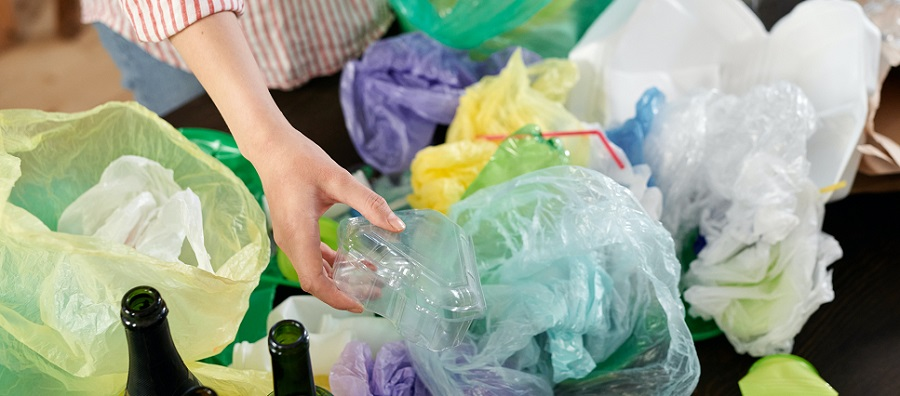
Proper waste management is an integral part of a green home. Implement a comprehensive recycling system that includes separate bins for recyclables, compostables, and general waste.
Educate yourself and your family members about recycling guidelines and encourage everyone to actively participate in waste reduction efforts.
Consider starting a compost pile or using a composting bin to recycle organic waste, which can later be used as nutrient-rich soil for your garden.
8. Tankless Water Heaters
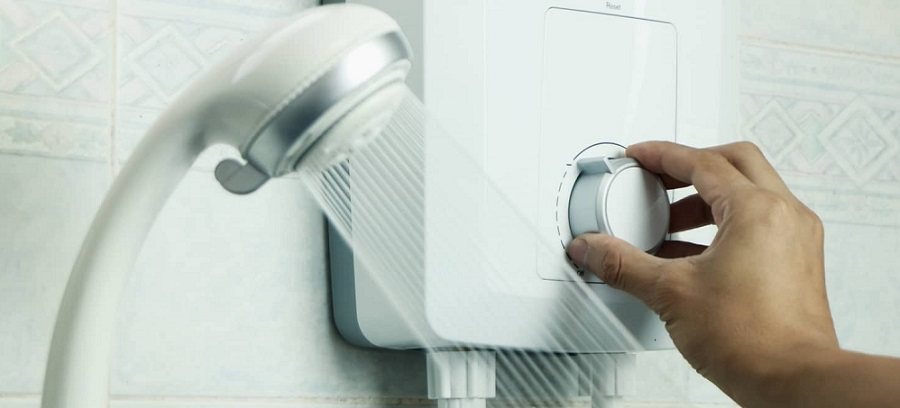
As green housing and sustainable living become increasingly important considerations for homeowners, a tankless water heater is a more energy-efficient and environmentally-friendly alternative to traditional water heaters.
Tankless water heaters heat the water as it flows through the system, eliminating the need for a storage tank and reducing both energy consumption and water waste.
This not only saves homeowners money on their utility bills but also reduces their carbon footprint.
In addition, tankless water heaters typically last longer than traditional water heaters, making them a smart investment for homeowners looking to reduce their environmental impact and save money in the long term.
Energy efficient means a reduction in excess energy

Creating a green home is a transformative journey that positively impacts both the environment and your well-being.
By implementing the green home ideas discussed above, you can significantly reduce your environmental footprint and enjoy a sustainable and eco-friendly living space.
Remember, sustainability is a continuous process, and every small change you make contributes to energy savings and a greener future.
Start by incorporating one or two ideas from this article and gradually expand your eco-friendly initiatives.
By taking the lead in creating a sustainable home, you inspire others to follow suit and contribute to a more environmentally conscious society.
We hope that this comprehensive guide has provided you with valuable insights and actionable tips to help you outrank other websites with your exceptional content on green home ideas.
Together, let’s embrace a greener lifestyle and make a positive impact on our planet.
